Baby carriers are a must-have baby item for parents. They offer so much more than just the possibility of carrying an infant. With bonding and attachment made simple with one of these purchases and with some even offering the potential to breastfeed baby on-the-go.
Before purchasing one of these, (often expensive!) First of all, you need to know what is out there and what questions to ask, before you choose one. So, first things first….
What will you most likely be doing with your baby carrier? (apart from carrying a baby, of course!)
Are you planning on going for long walks, hiking with your carrier? or is it just to be used in small spurts - perhaps for settling baby and wearing around the home. Perhaps you’d like one to keep fit with or maybe you just need to do a gentle walk to collect other children from school?
There is A HEAP of possibilities to choose from. Some of the types of carriers you will see include: Wrap around slings, soft carriers, framed carriers, ring slings, Mei Tais and pouch slings. Each carries different specifications. Some are great and others, not so… But, what should we really be considering, as we source what’s best for our families in the baby carrier range?
Questions to ask yourself when considering the purchase of a baby carrier
1. Will it contribute to Hip Dysplasia? This is the No. 1 Hot Topic in baby carriers!!!
The hip is a ‘ball and socket’ joint. The ball at the top end of the thighbone (femur) should, normally, fit well into a socket. In babies with dysplasia of the hip, the hip joint has not formed normally.
We are told that the least healthy position for the hips during infancy, is when the legs are held in extension. The International Hip Dysplasia Institute states ‘This is, with the hips and knees straight and the legs brought together. This is opposite to the fetal position. It is determined that the risk to the hips is greater when this unhealthy position is maintained, especially over a long period of time’.
When considering the purchase of a baby carrier, the parent needs to ensure that baby’s hips are spread and that they fall naturally apart. Thighs need to be supported also, and the hips and knees should bend. Baby should have free movement of the hips, without them being forced together. This positioning will promote natural hip development.
It is recognised too that, the support of the back is essential too. The back should not be in a curved ‘C’ Shape, but should be straight, with a bend at the bottom… more like a ‘J’ shape, if you like.
International Hip Dysplasia Institute recommends best practice for healthy hip development, below:
NOT Recommended -
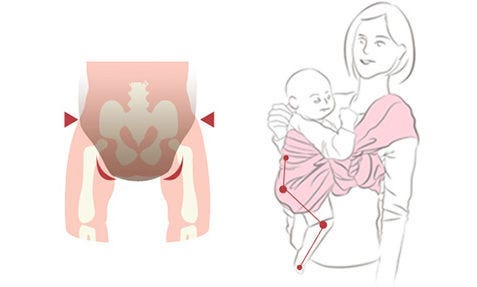

You will see in this illustration that the knee joint is not supported. This lack of support encourages hip dysplasia.
Recommended -
You can see in the illustration, below, that with the thigh supported to the knee joint, there is a minimal negative impact on the hip joint. Carrying your baby is perfectly safe if the legs are spread and supported and if the hips are in a stable position


2. Does it have the ergonomic support you both need?
Does the carrier hold the baby close to your body and evenly distribute the weight of the baby across the wearer’s body? A more ergonomic design carrier is essential for a long walk or if you’re planning to be in one for a good portion of a day.
If in the sitting position, the carrier should cater with a deep, wide and stable seat. This will satisfy the importance of supporting the baby’s hips and thighs.
It should be fully adjustable, with consideration given to areas where the pressure is at its highest eg. shoulder straps and across the hip/mid-section. Look for something with added padding to prevent strain on the wearer.
3. Is it REALLY safe?
How strong is the fabric? Does it have certified weight capacity? Look too for a design that gives consideration to enhanced mid-section support (perhaps by means of a double-buckle or a carrier cleverly designed using wide swathes of fabric) to optimise safety and distribute weight along your back. It needs to be safe for both parent and baby.
And how about neck support for the infant? For particular designs, the neck rest may need to be adjustable, with good consideration being given to the growth of the baby.
4. Do you want an option with multiple carrying positions?
Can you carry your baby in more than one position with this carrier? This feature is a winner. Especially once baby grows and her interest in the environment around her becomes stronger. Varying positions can mean that the wearer can get a wider view of the baby, aiding wearer-baby interaction whilst you’re on-the-go.
Has the manufacturer thought of ways to make changing the position of the carrier easy, including how to get it on and off? You can get in all manner of strife with this one.
5. Is the fabric breathable?
The fabric of this garment should be light and breathable and should never trap heat. Gone are the days of sweaty fabric. Our babies are too precious. Keep her comfortable during prolonged wearing by choosing a fabric that is either 100 percent cotton, or is a ‘smart fabric’… (I’m serious!) If you can find one, a carrier that uses fabric that has regulating fibres to absorb excess moisture and heat, is a winner!
For many mothers, saying goodbye to wearing your baby is a sad time. I think if you think through these points carefully it will allow you to really cherish this beautiful baby-wearing season. Enjoy!
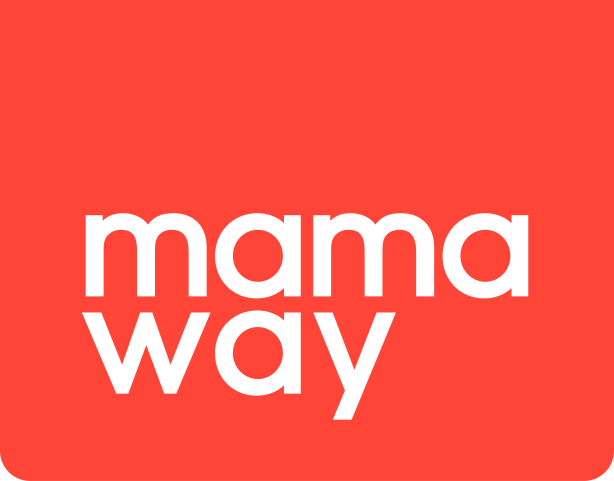
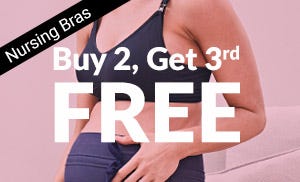
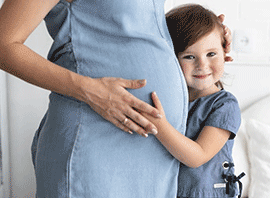
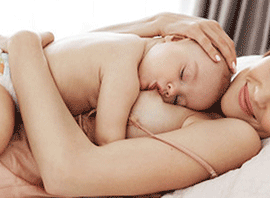
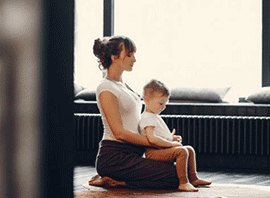
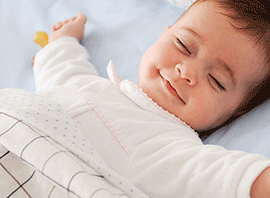
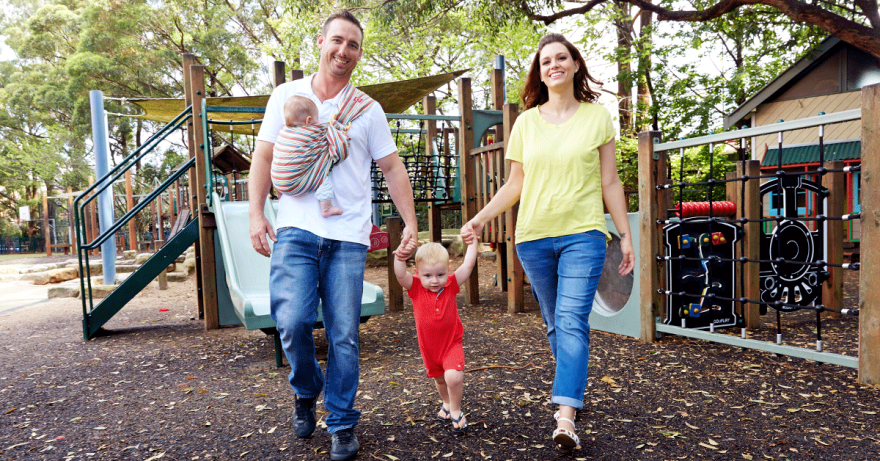

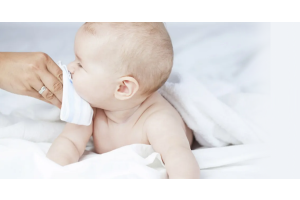
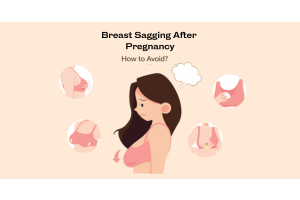
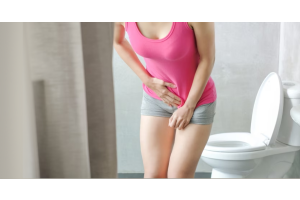
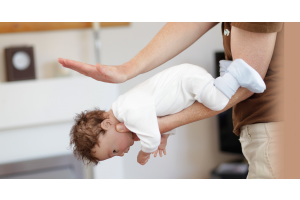
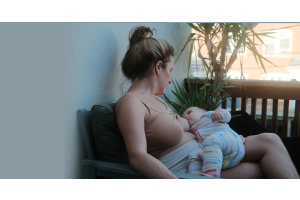
Validate your login
Sign In
Create New Account